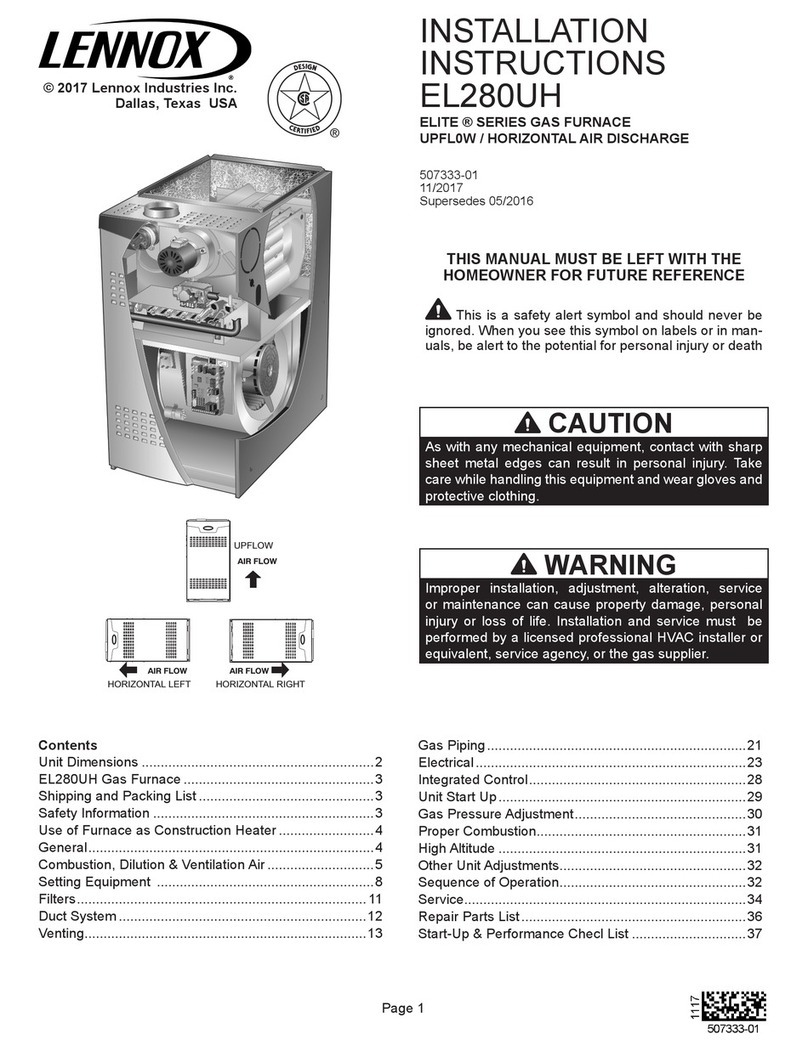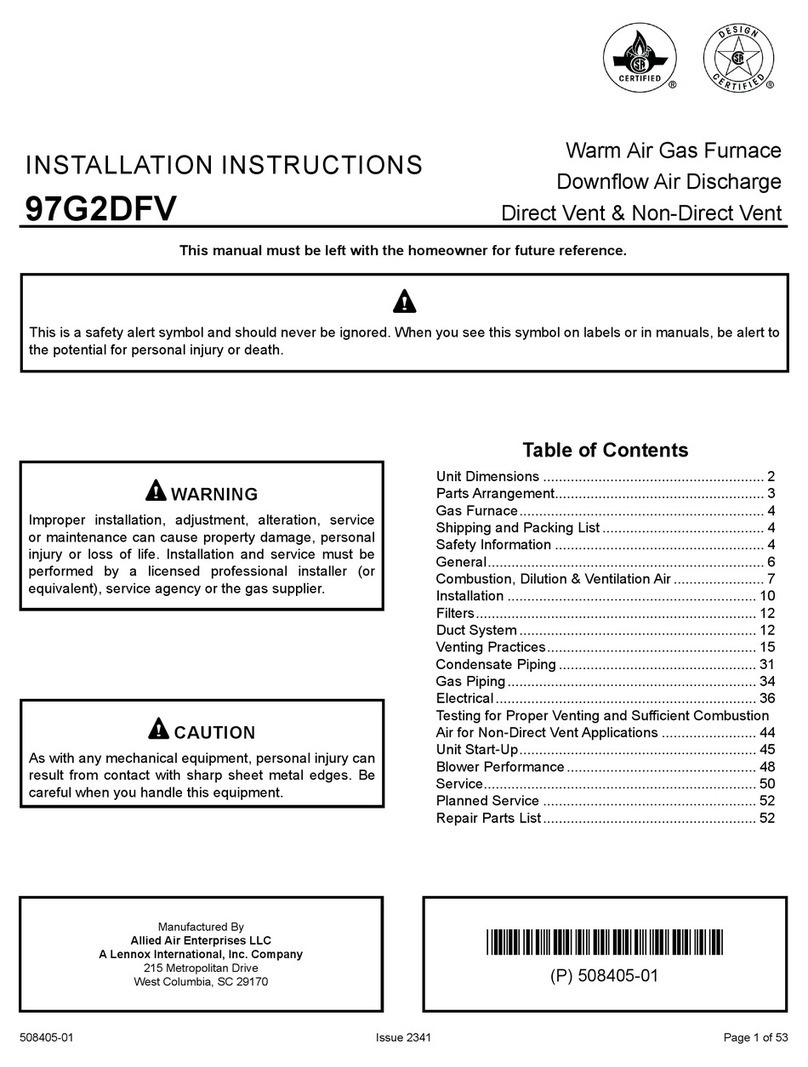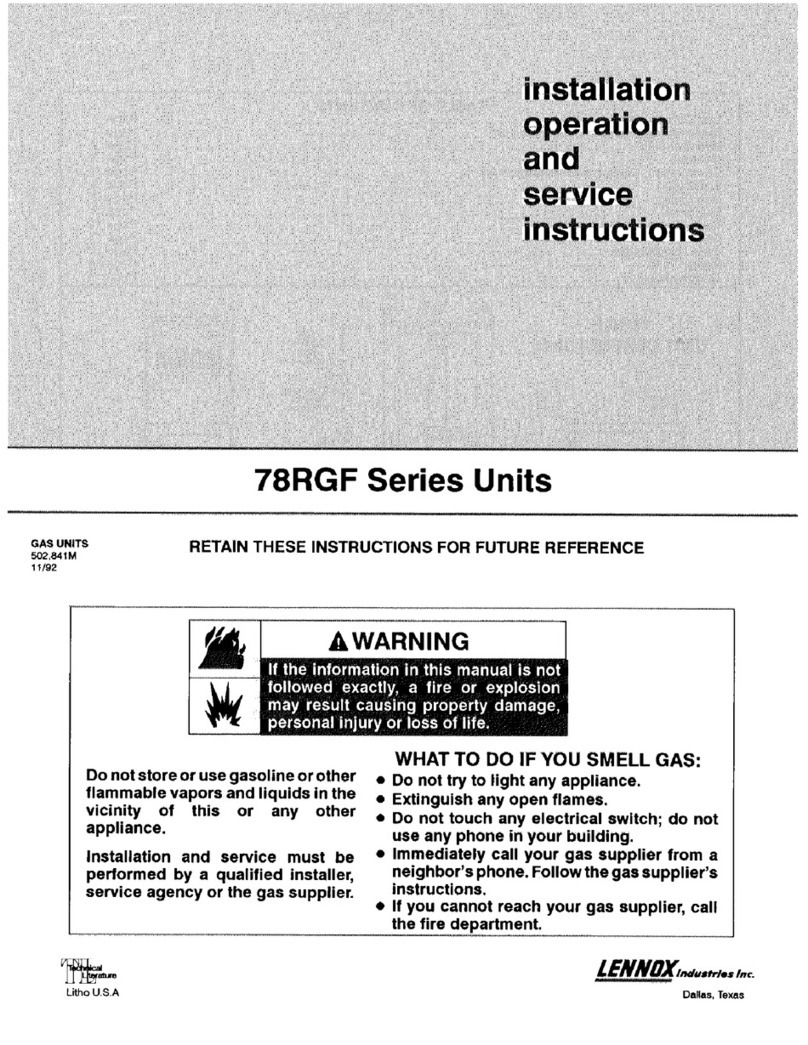Lennox iComfort SL280UH070V36A User manual
Other Lennox Furnace manuals

Lennox
Lennox Allied Air Enterprises A95DF2V User manual
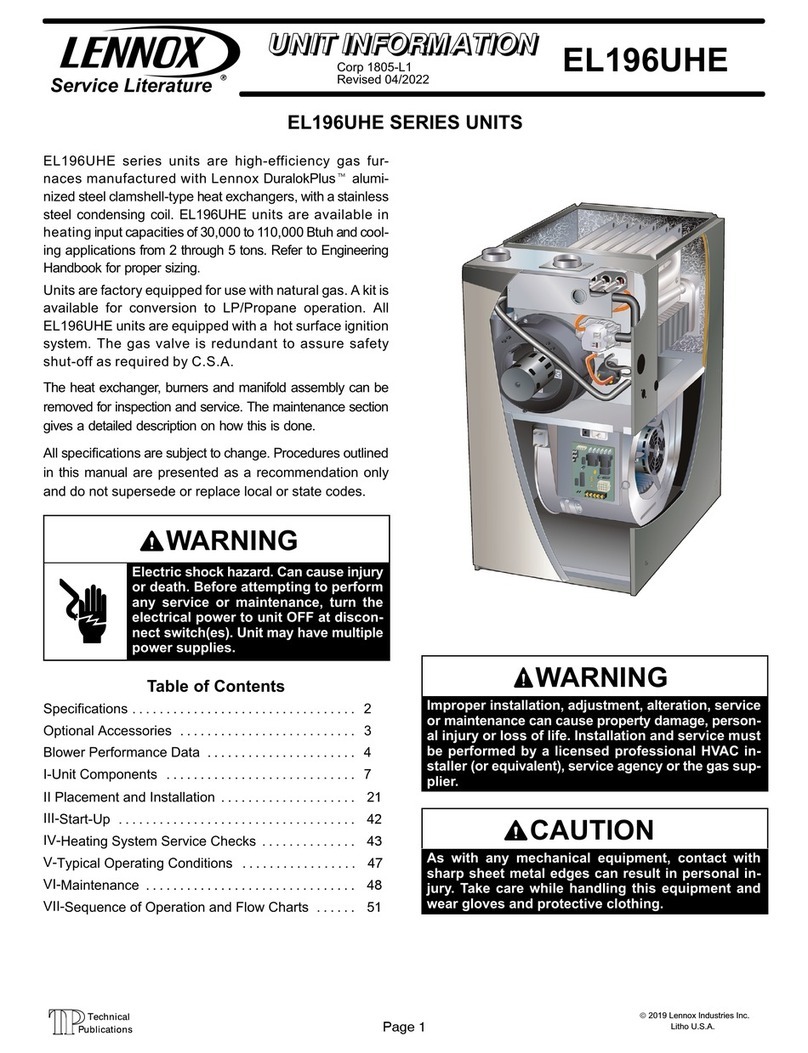
Lennox
Lennox EL196UH030XE24B Owner's manual
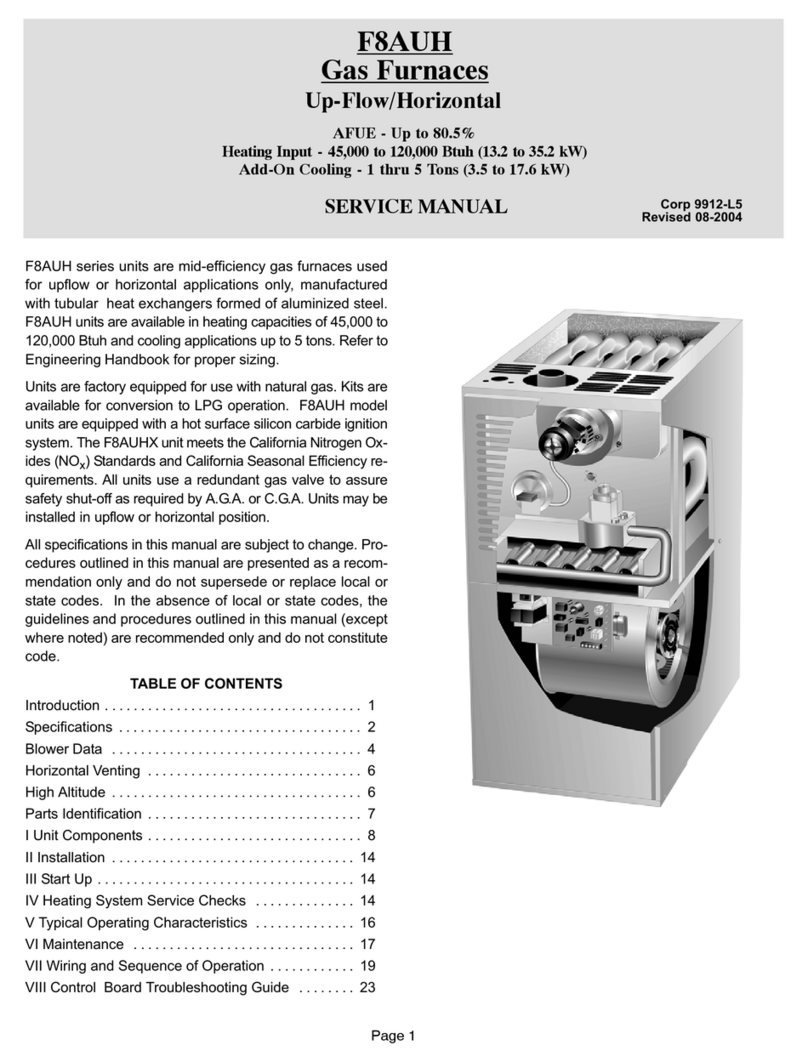
Lennox
Lennox F8AUH Series User manual

Lennox
Lennox SL297UHNV Series Installation and operation manual

Lennox
Lennox EL296UHV series Installation and operation manual

Lennox
Lennox G1N80BU User manual
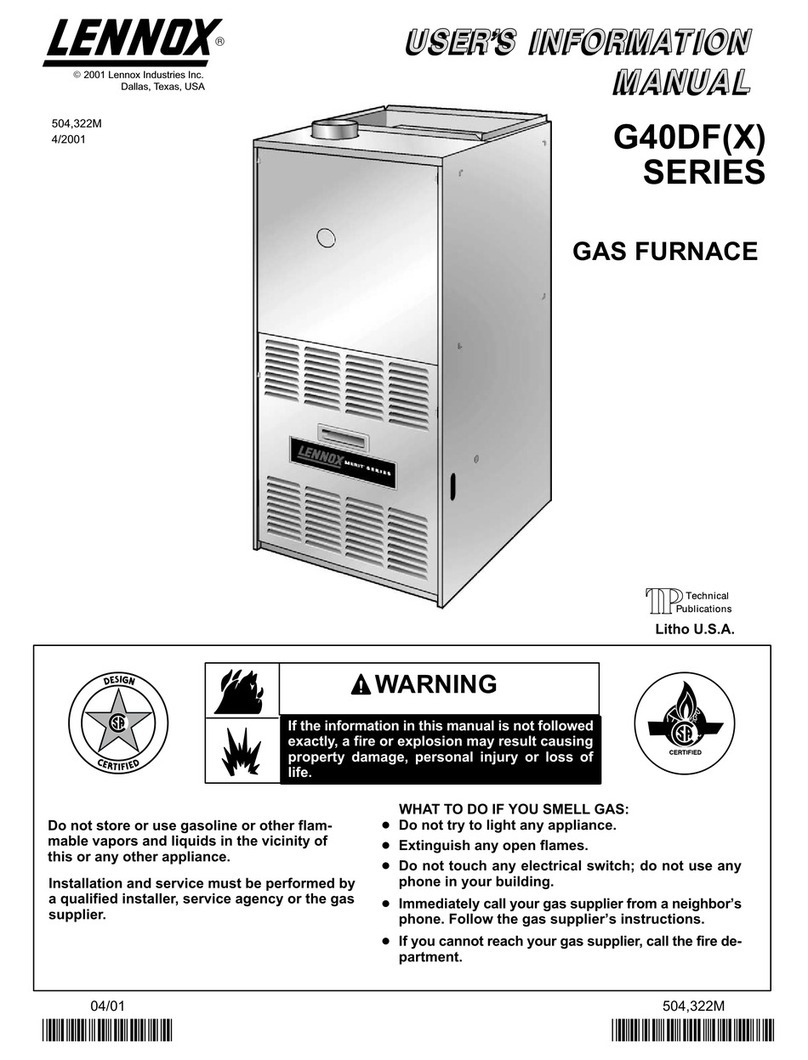
Lennox
Lennox G40DF Series Guide
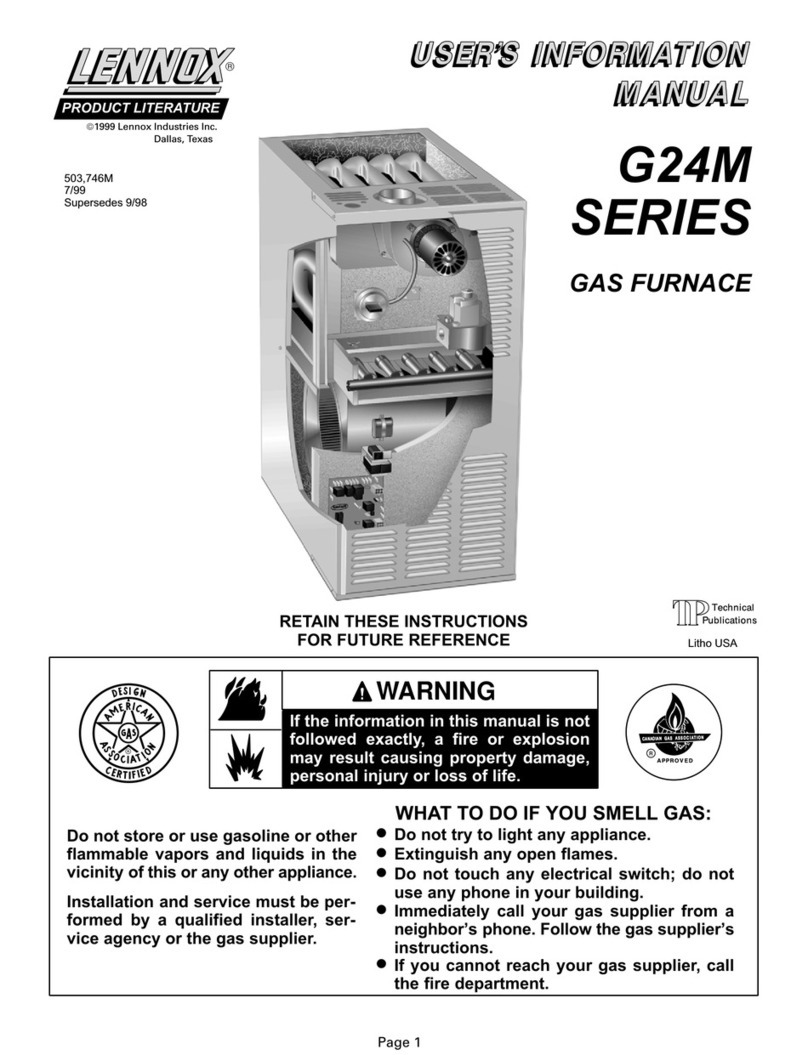
Lennox
Lennox G24M SERIES Guide
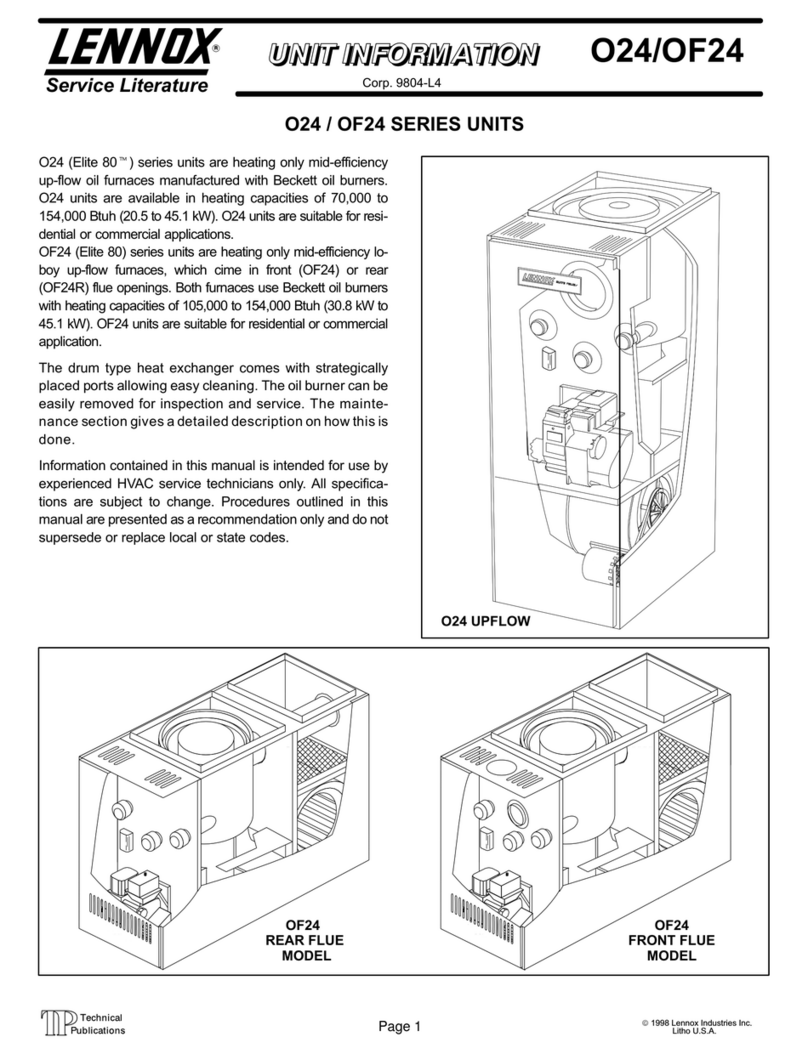
Lennox
Lennox O24 series Technical manual
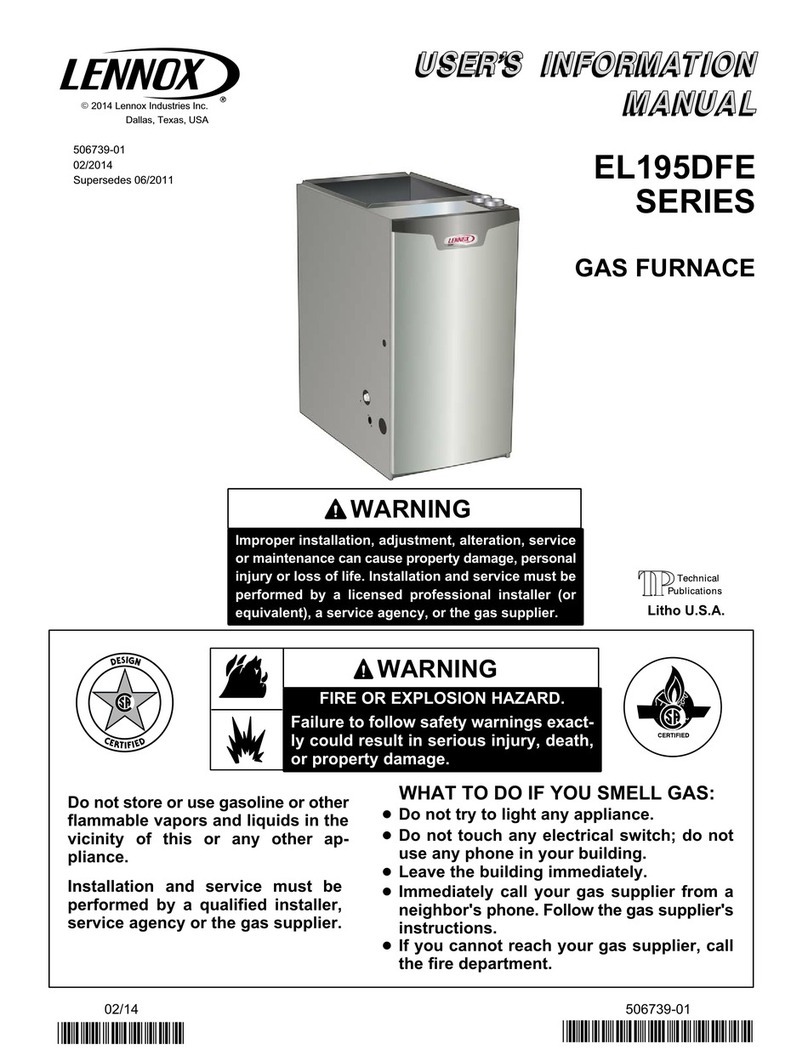
Lennox
Lennox EL195UHE Elite Series Guide
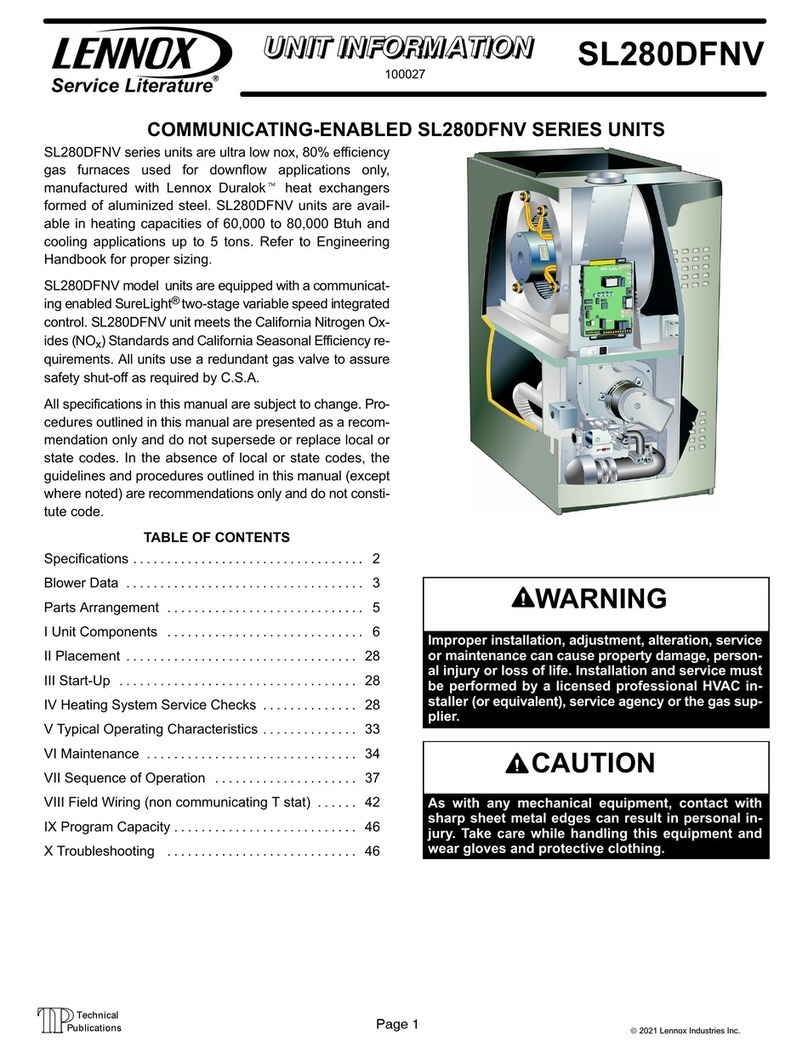
Lennox
Lennox SL280DF060NV36B User manual
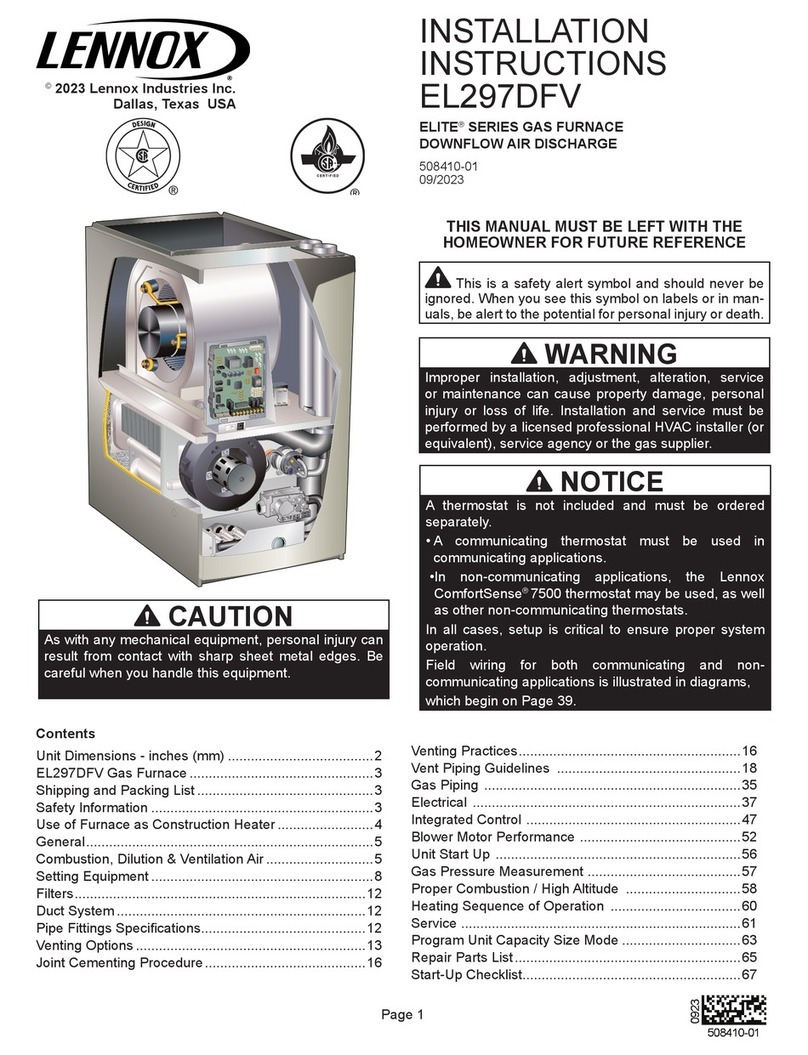
Lennox
Lennox ELITE EL297DFXV045P36B User manual
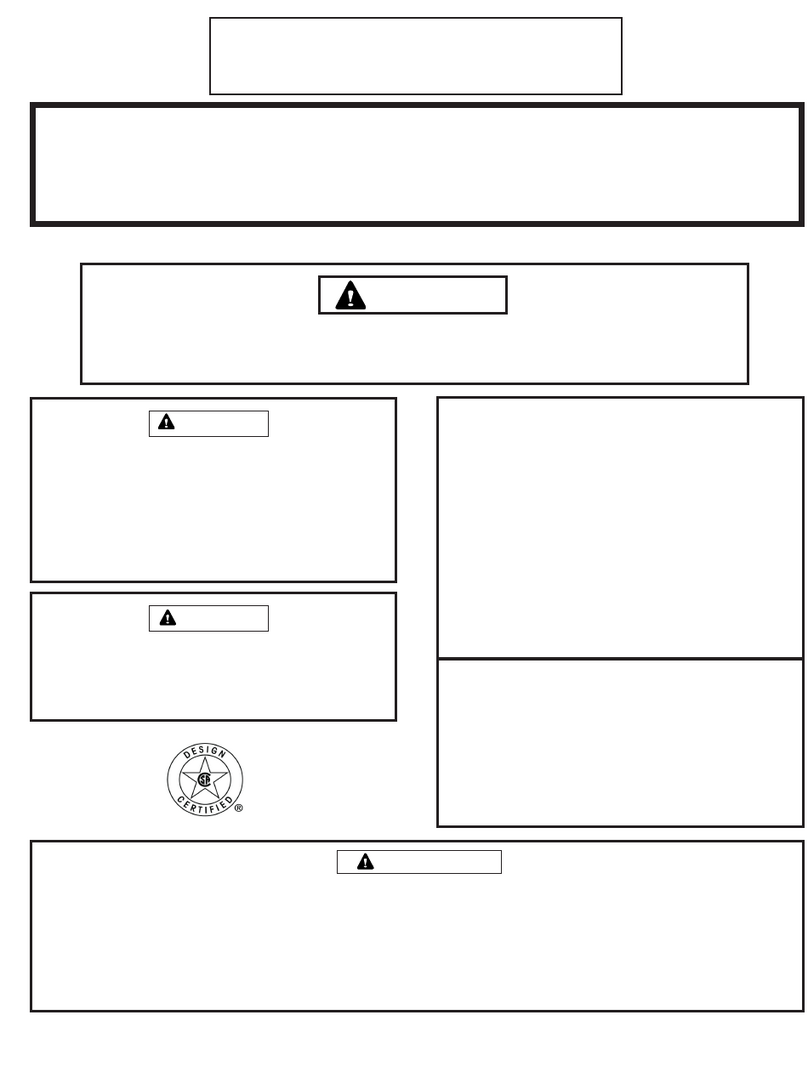
Lennox
Lennox B050A3B Guide
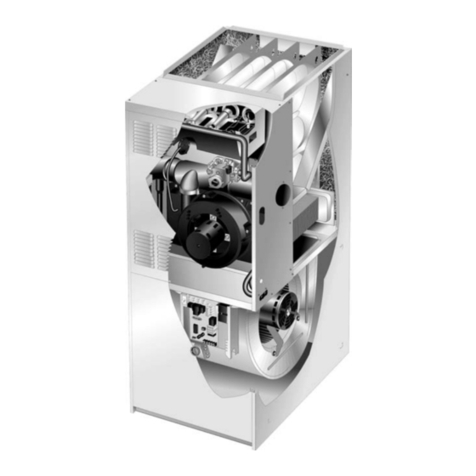
Lennox
Lennox G41UF?24B?045 Service manual

Lennox
Lennox G1D91BT User manual
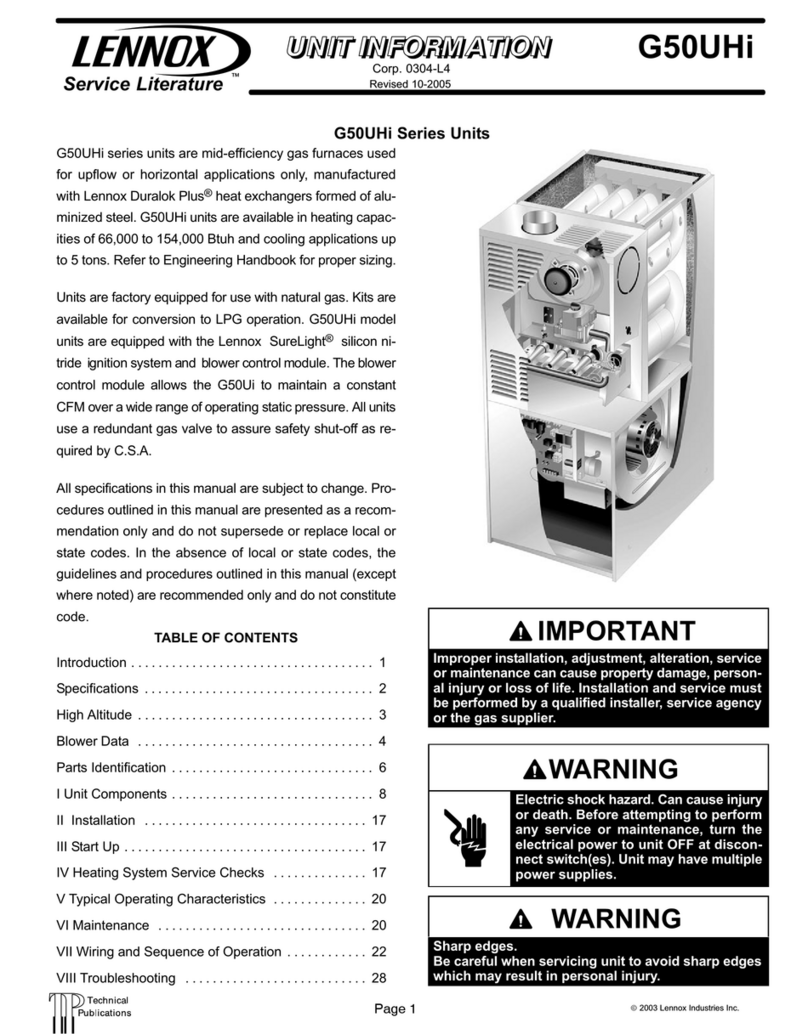
Lennox
Lennox G50UHi Series Installation and operation manual

Lennox
Lennox Elite G61MPV36B-045 User manual
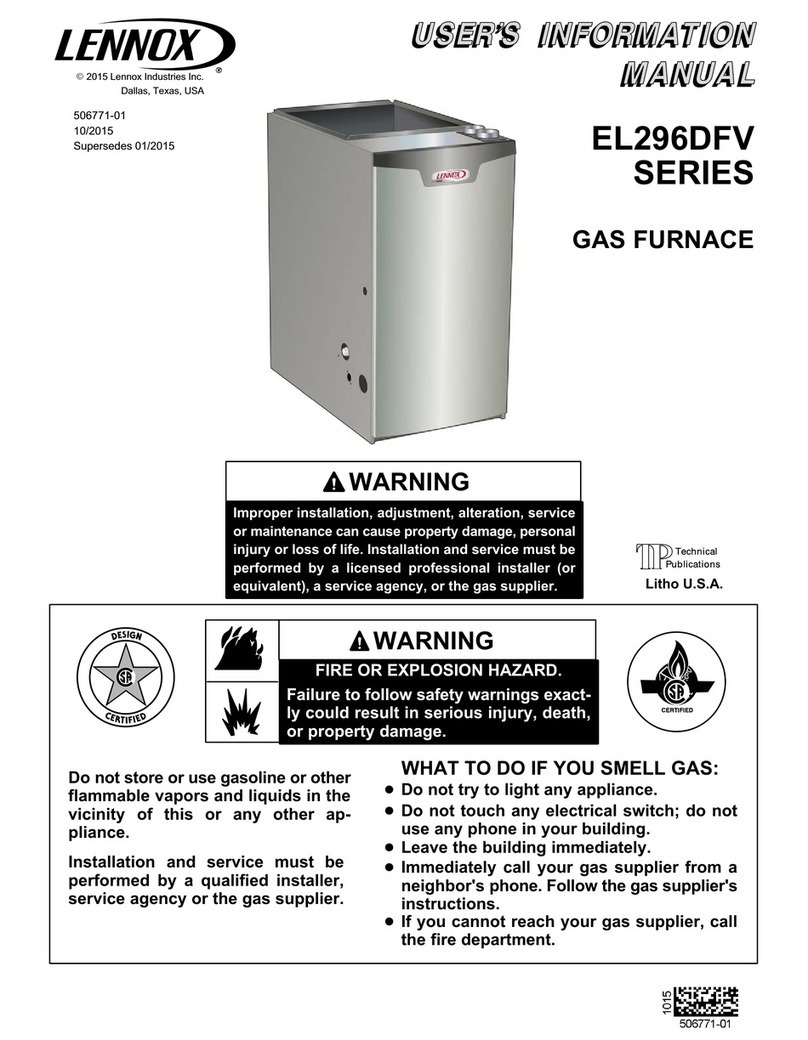
Lennox
Lennox EL296DFV SERIES Guide

Lennox
Lennox EL296UHV series Guide

Lennox
Lennox 20 User manual
Popular Furnace manuals by other brands

Unitary products group
Unitary products group AHV8 UH installation manual

VERDER
VERDER CARBOLITE GERO RHF 14/8 Installation, operation and maintenance instructions

Tempstar
Tempstar B Series Service and technical support manual

Carrier
Carrier Performance 59SP5A Installation, start-up, operating and service and maintenance instructions

Armstrong
Armstrong EG7H SERIES Installation and maintenance instructions

Payne
Payne PG92ESA Installation, start-up, operating and service and maintenance instructions

Nortek
Nortek MG2S Series installation instructions

VERDER
VERDER CARBOLITE GERO ABF 8/28 Installation, operation and maintenance instructions

Goodman
Goodman GMV9 Installation & operating instructions

SUPREME
SUPREME SUP10-M2301C Installation instructions and homeowner's manual

Dettson
Dettson AMT400B34-SM1PMA Installation instructions and homeowner's manual

Evcon
Evcon DGD 60 MBH installation instructions

